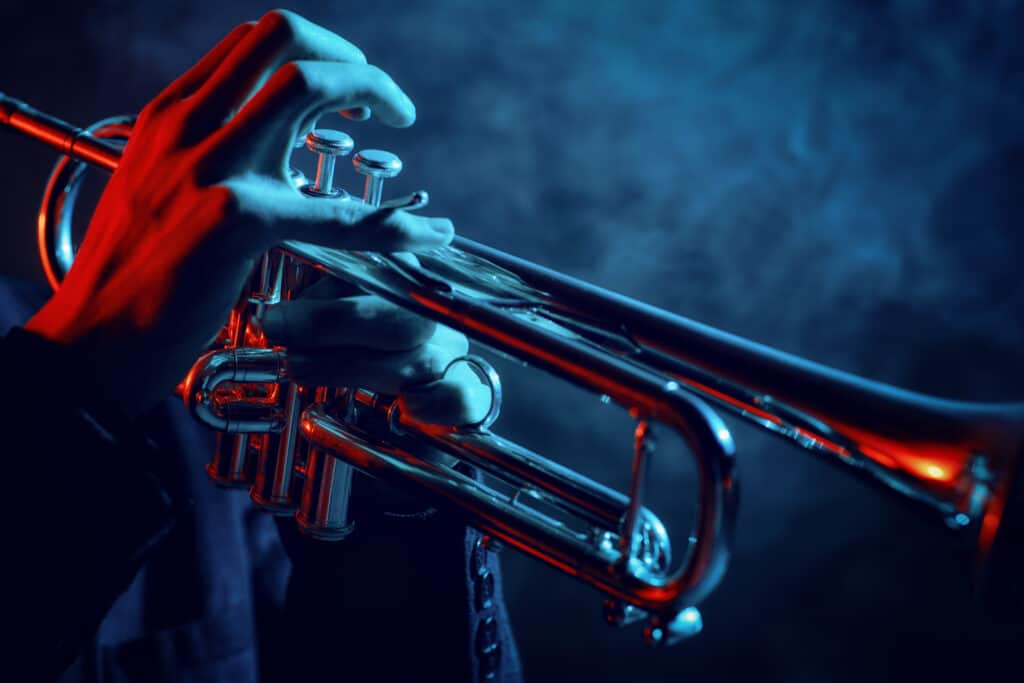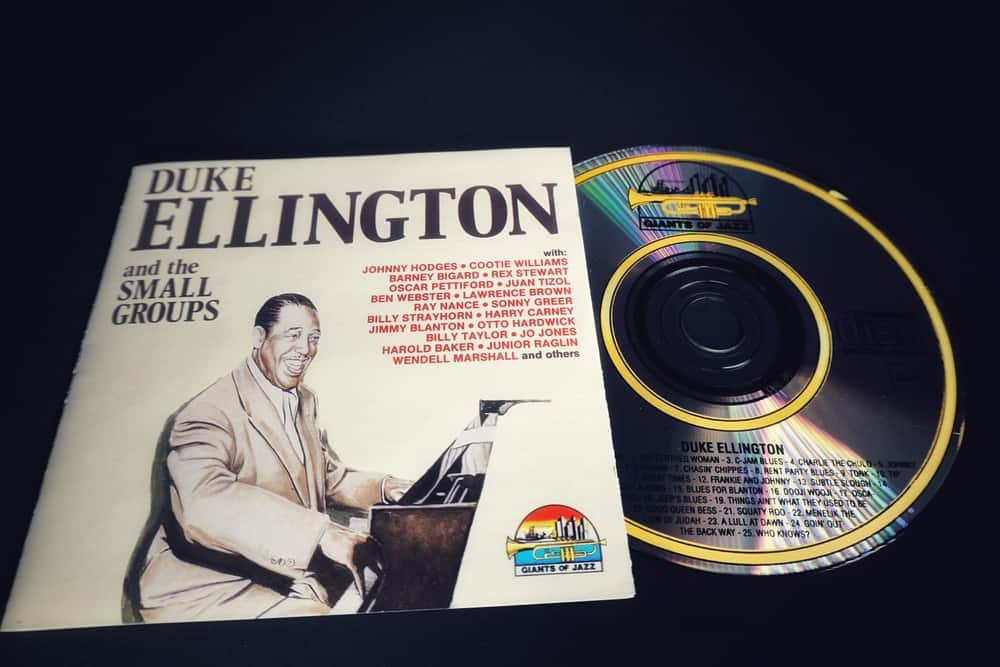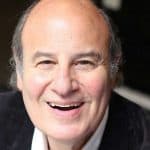by Dan Pratt
If you’re considering jazz as a college major, you’ve likely wondered if you have what it takes. Positive experiences early in your development built you up: having a ton of fun grooving on “Watermelon Man” or “Cold Duck Time,” exploring modal ideas on “So What,” and maybe playing the first four bars of Charlie Parker’s saxophone solo when your band performed “Now’s The Time.”
The bug bit you somewhere along the way, and now you want more. But what do you need to know to get into a college jazz program?

The expectations for students pursuing a jazz major have risen over the years, and student anxiety has risen along with them. Along with proficiency on one’s instrument and the ability to improvise, music theory and repertoire knowledge are essential. Thankfully, with the proper musical selections, repertoire development can be coupled with the study of theory to maximize your efforts when practicing.
To help you develop a well-rounded repertoire and understanding of theory in your quest for college readiness, here are five essential songs (tunes, as jazz musicians tend to call them) to know if you want to pursue jazz in college.
(Note: concert key is indicated for each tune)
1. “Au Privave” (F), by Charlie Parker
It is impossible to understate the importance of the blues to jazz music – both the language and the song form of the blues, and most notably the 12-bar blues form, which is the form of “Au Privave.” It is also impossible to understate the importance of Bird (Parker’s nickname).
The be-bop language Bird codified is legendary for its chromaticism, extended melodic structures, and extended harmony. But it is also very much a language of rhythm, featuring rhythmic displacement, rhythmic augmentation and diminution, and syncopation, syncopation, syncopation. You’ll find all of the above in this gem.
2. “Anthropology”/”Thrivin’ From A Riff “(Bb), by Charlie Parker
Remember, it’s impossible to understate the importance of Bird. He wrote many original melodies (heads, in the jazz vernacular) over the blues form, in many keys, and at varying tempos and “feels.” He also did the same over another song form that is very important to the language of jazz—rhythm changes (the song form and chord changes from Gershwin’s “I Got Rhythm”). “Anthropology” (also recorded as “Thrivin’ From A Riff”) is one of the many, many “heads.” Bird wrote over rhythm changes (also in various keys and tempos). The same unique and original melodic and rhythmic be-bop components are also present in this tune.
However, one crucial thing distinguishes “Anthropology” from many other songs that use Rhythm Changes. While it was most common practice to play a composed melody for the A sections of the AABA form of rhythm changes and improvise the 8-bar B section (the B section is also called the bridge), Bird wrote a melody for the bridge to “Anthropology,” a most uncommon addition. We are thankful to Bird for that.
3. “Take The A Train” (C), Duke Ellington
Another legend of jazz – one already well established by the time Bird came around – is the pianist, composer, arranger, and bandleader Duke Ellington. “Take the A Train” is arguably his most well-known tune. It has a 32-bar AABA form, like rhythm-change songs, but its melody and harmony are pretty different. Compared to the be-bop heads and harmonies of tunes like “Au Privave” and “Anthropology,” the melody of “Take The A Train” is perfectly staid. It features less movement and longer rhythms – even sustained notes – and a longer harmonic rhythm.
“A Train” has some harmonic conventions that are valuable in the jazz idiom, including the longer harmonic rhythm, which encourages the player to play longer phrases over a single chord. Other conventions include a secondary dominant in the A sections, a cadence to the IV chord on the bridge, and secondary dominants on the bridge with a shorter harmonic rhythm. And then there’s the rhythm: one of the most significant values in learning the head to “Take The A Train” is making successive downbeat quarter notes swing!

4. “Softly, As In A Morning Sunrise” (C minor/Eb major), Sigmund Romberg/Oscar Hammerstien
Here we have the first tune on this list that originates on Broadway instead of being written by a jazz musician. “Softly, As In A Morning Sunrise” is a tune with a 32-bar AABA form that has been a favorite among jazz musicians for decades because of its simple and expressive melody, its uncomplicated diatonic harmonies that provide an open canvas for improvisation, and the song’s ability to work at a variety of tempos, from slow to fast.
The melody provides an excellent opportunity to study motivic development, as well as another opportunity to make simple non-syncopated rhythms swing. Valuable harmonic conventions are that the A sections stay in a minor key (alternating between C minor and its dominant, G7b9) and modulate to the relative major at the top of the bridge. The bridge is also notable for its progression, which serves as a great example of ascending diatonic chords preceded by their dominant. Technically, each dominant is in inversion over its third, an essential harmonic function you’ll want to master. So this will get you started. The bridge then smoothly modulates back to C minor for the last A.
5. “Autumn Leaves” (G minor/Bb major), Joseph Kosma/Jacques Prévert (Fr.)/Johnny Mercer (En.)
Our last song, “Autumn Leaves,” originates in a French film, with English lyrics written about five years later. The tune is also 32 bars long, but the form is AABC this time, with each section being eight bars. (Note: “Autumn Leaves” is usually played in G minor, though the original key is A minor.)
Besides the fact that nearly every jazz musician you will ever encounter knows “Autumn Leaves,” its harmony is notable and valuable for a few reasons. The entire song alternates between the relative major and minor. It does this by ii-V-I progressions every four bars. The eight bars of the A section also outline a complete circle-of-fifths progression.
Knowing the relationship between relative major and minor keys, playing major and minor ii-Vs, and fluency with playing the circle of fifths are all essential skills to develop for playing jazz. Autumn Leaves provides a musical context for getting that together.
Five More Tunes
The five songs listed here have critically essential contributions to the jazz language. They are just a start to the canon of material that will help you develop your technical proficiency, improvisational skills, and musicality. To help further your development, here are five more titles to study in addition to the list above:
· “Bye Bye Blackbird” (F), Ray Henderson/Mort Dixon
· “St. Thomas” (C), Sonny Rollins
· “Song For My Father” (F minor), Horace Silver
· “Blue Bossa” (C minor), Kenny Dorham
· “What Is This Thing Called Love” (C), Cole Porter
Final Thoughts
Every song you learn has something to teach you that you can take along as you continue learning other repertoire and skills. When you know how a song is helping – be it a rhythmic, melodic, or harmonic component, or all three – you are empowered to look for that when practicing and studying. You get more out of your efforts as a result.
Remember to study the recordings by the legendary jazz musicians who have performed these songs before and look to those examples for inspiration, emulating them. With dedication, practice, and creativity, you can stand out among the best and have a successful and rewarding college experience as a jazz major.
About the Author:
Musician-composer-educator Dan Pratt was born and raised near San Jose, CA, and has called Brooklyn, NY his home for over 20 years. Dan has been favored as “a bold yet subtle” saxophonist by Downbeat and a “gifted” composer and arranger by the Birmingham Times. Dan has released five albums as a leader, the most recent of which, The Relay (2022), was called “a program of pure magic” by All About Jazz. Dan has also been a member of the celebrated Christian McBride Big Band since 2014, recording two albums with the band, each winning a GRAMMY award for Best Jazz Large Ensemble Album (2018, 2022). Dan is an experienced and passionate educator as well, leading masterclasses and residencies nationally at schools, universities, and independent programs, residencies with community-based ensembles, and through previous work with Lincoln Center. Dan can be found at danpratt.com and on Instagram @danmusic.
Contact Us
Did you find this blog helpful? Do you want to attend a music college or conservatory? If the answer to that is a “yes”, your next step is simple. Visit insidemusicschools.com and allow our team of industry insiders to guide you toward your goal of being a professional in the music industry. Through expert counseling and real-world experience, we will make sure you are prepared for the journey.
Founder & President at Inside Music Schools | Insidemusicschools.com
Head of admissions and faculty member at Berklee College of Music for 40 years, Steve Lipman and our team at Inside Music Schools speak music as their primary language. We approach each client contact with open eyes, ears, and minds. As the country’s premier music school consultant, he has advised students from the United States, Canada, the U.K., India, Singapore, Dubai, China, Australia, Turkey, Colombia, Argentina, Brazil, Japan, Israel, Italy, Russia and elsewhere.

